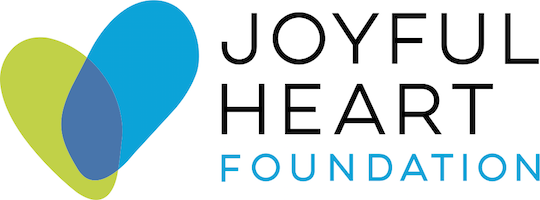You can leave this site quickly.
Learn more about Internet safety.
1in6 Thursdays: Little Words Can Have Big Meaning
It's been gratifying to see the Justice Department's recent revisions to the definition used to compile statistics about rape. Language is an important part of any discussion about sexual abuse - for men, filtered through the lens of cultural expectations of males. Words shape, define and categorize experiences. And the shift may have some deeper implications than are immediately apparent.
On the surface, the change means that the national data on rape will now include males' unwanted experiences of sexual penetration - not just females' - and removes "forcible assault" as a criterion for inclusion. This will bring the statistics closer in line with the reality many boys and men face daily and with existing laws and prosecutions in many states. Also, the old definition likely contributed to perpetuating the damaging myth, still believed by many, that men can't be raped. The change is 80 years overdue.
But then I think about individuals and families I've worked with over the years, as a child protection social worker, an advocate for adults who experienced sexual abuse and with men who have physically, emotionally or sexually abused their intimate partners. I realize that many people, including many professionals, will still have a lot of misunderstanding about the meaning of "rape" especially when it is applied to boys and men. Conventional wisdom often conflates rape with other forms of sexual abuse and violations of sexual boundaries, assuming the words mean the same thing. This can create great confusion when media reports use widely varying statistics, alternately citing data either on sexual abuse or on rape of boys (and sometimes both) without highlighting the differences in definition or explaining why one figure might appear higher or lower than another.
Even with the clarification in definition, some will still get stuck when navigating between the legal criteria and the emotional consequences of coercive sexual interactions other than rape?any of which may have powerful negative consequences for a given individual.
A boy might have experienced anything from sexual comments, questions or conversation, kissing or touching with sexualized overtones, being coerced to view pornography or sexual acts between others, or fondling?none of which is likely to reach the legal definition of rape. But each interaction may still raise disturbing questions, feelings of betrayal or a sense of having been exploited or abused.
I've met many men who have had unwanted sexual interactions, but who haven't believed their experience qualifies as abuse - or that it could have been harmful despite ample evidence to the contrary - because they felt complicit in interactions that weren't aggressive, forcible assaults or because they didn't resist in a way that felt effective or "manly." Indeed, this is a myth that is absorbed by all of us to some extent, as discussed in Myths & Facts on 1in6.org.
By broadening the definition of rape to include non-forcible interactions, the Justice Department modification may also simultaneously lower the bars of recognition and understanding for boys and men (as well as for girls and women) who feel sexually used or manipulated but were not raped or physically forced to interact sexually.
And so, in the long run, that expansion of what's culturally seen as abusive may be as important as what's included in the government rape statistics. That can only serve to expand men's and society's understanding of the impact of unwanted sexual experiences - and help all of us overcome the harmful but persistent myths about the sexual abuse of boys and men.
-By Peter Pollard
Peter Pollard is the Training and Outreach director for 1in6, Inc. Peter previously worked for 15years as a state, child-protection social worker and was the Public Education director at Stop It Now! Since 2003, he has served as the Western Mass. coordinator for SNAP (Survivors Network of those Abused by Priests) and also does work for a Certified Batterers Intervention Program.
The mission of 1in6 is to help men who have had unwanted or abusive sexual experiences in childhood live healthier, happier lives.
1in6's mission also includes serving family members, friends, and partners by providing information and support resources on the web and in the community.
Joyful Heart and 1in6 invite you to visit 1in6.org for info, options and hope, and to learn more about our partnership and Engaging Men initiative at men.joyfulheartfoundation.org.
The views expressed above are not necessarily those of the Joyful Heart Foundation or 1in6.





Your Voices